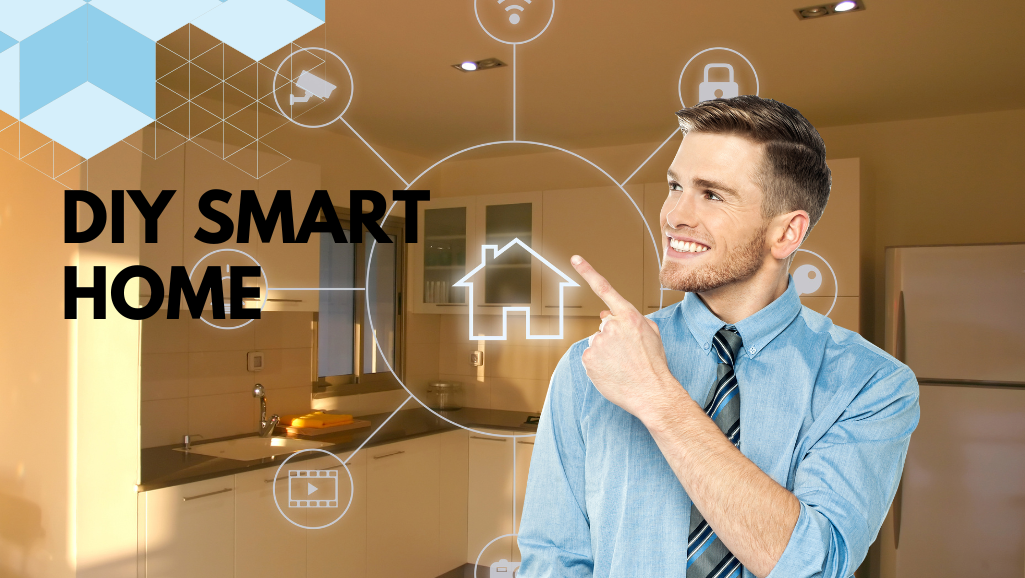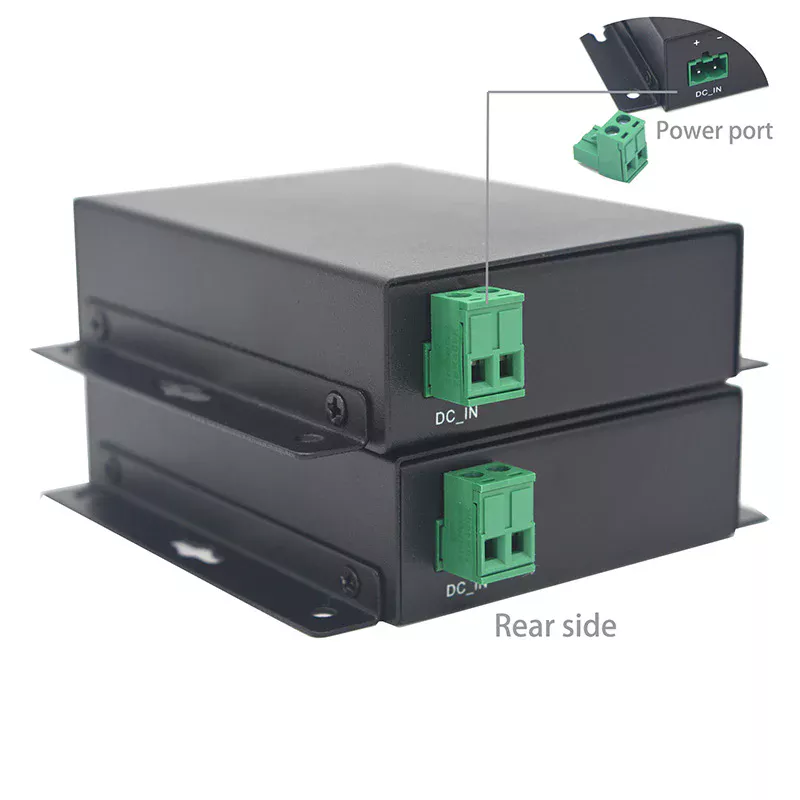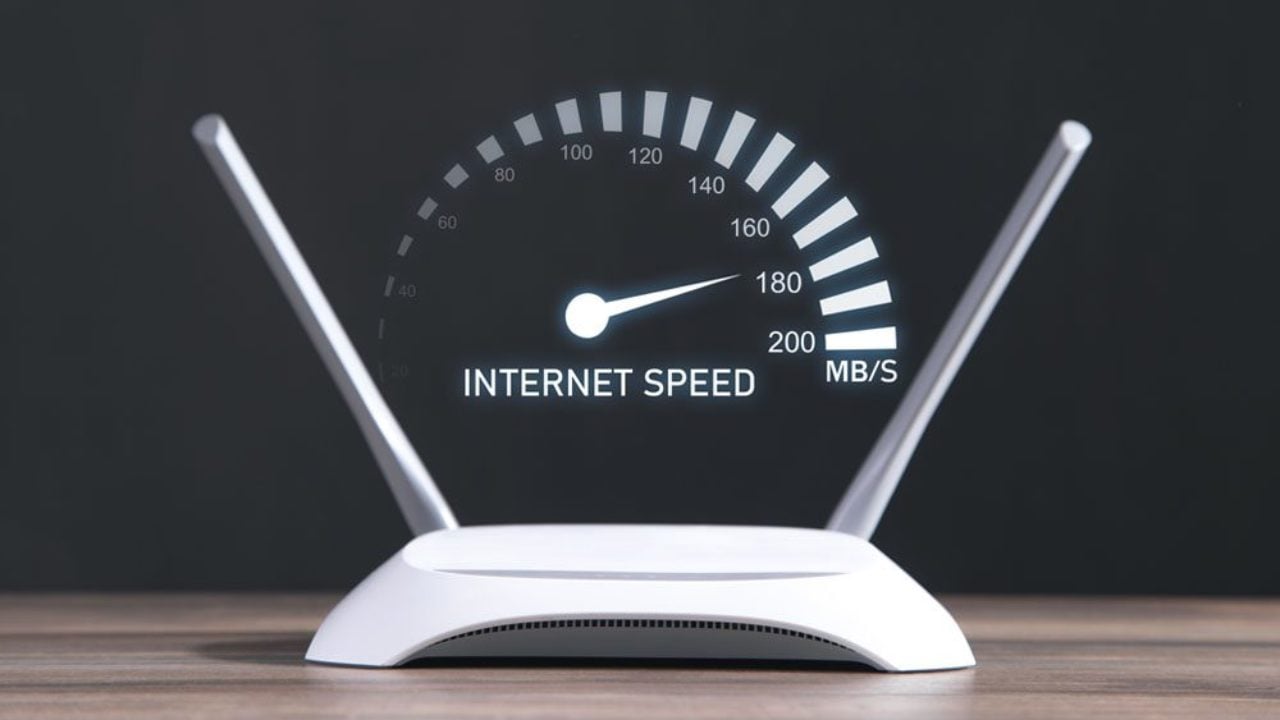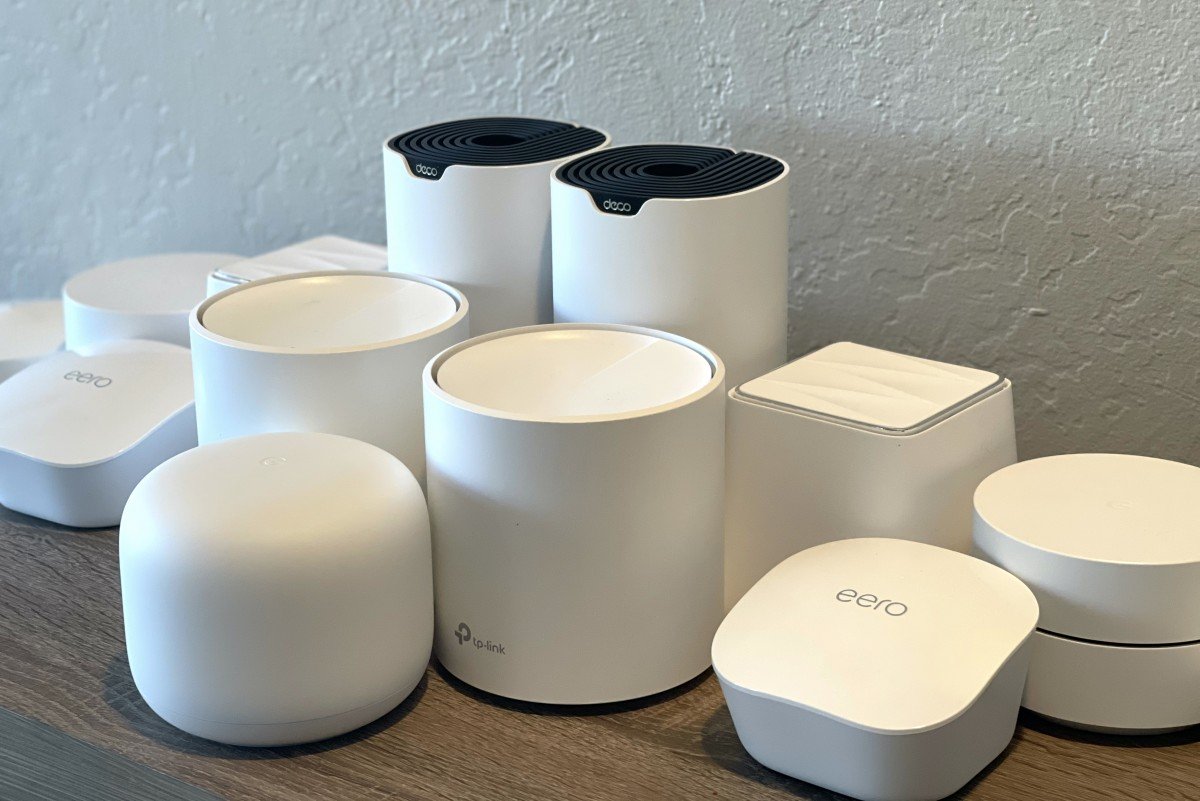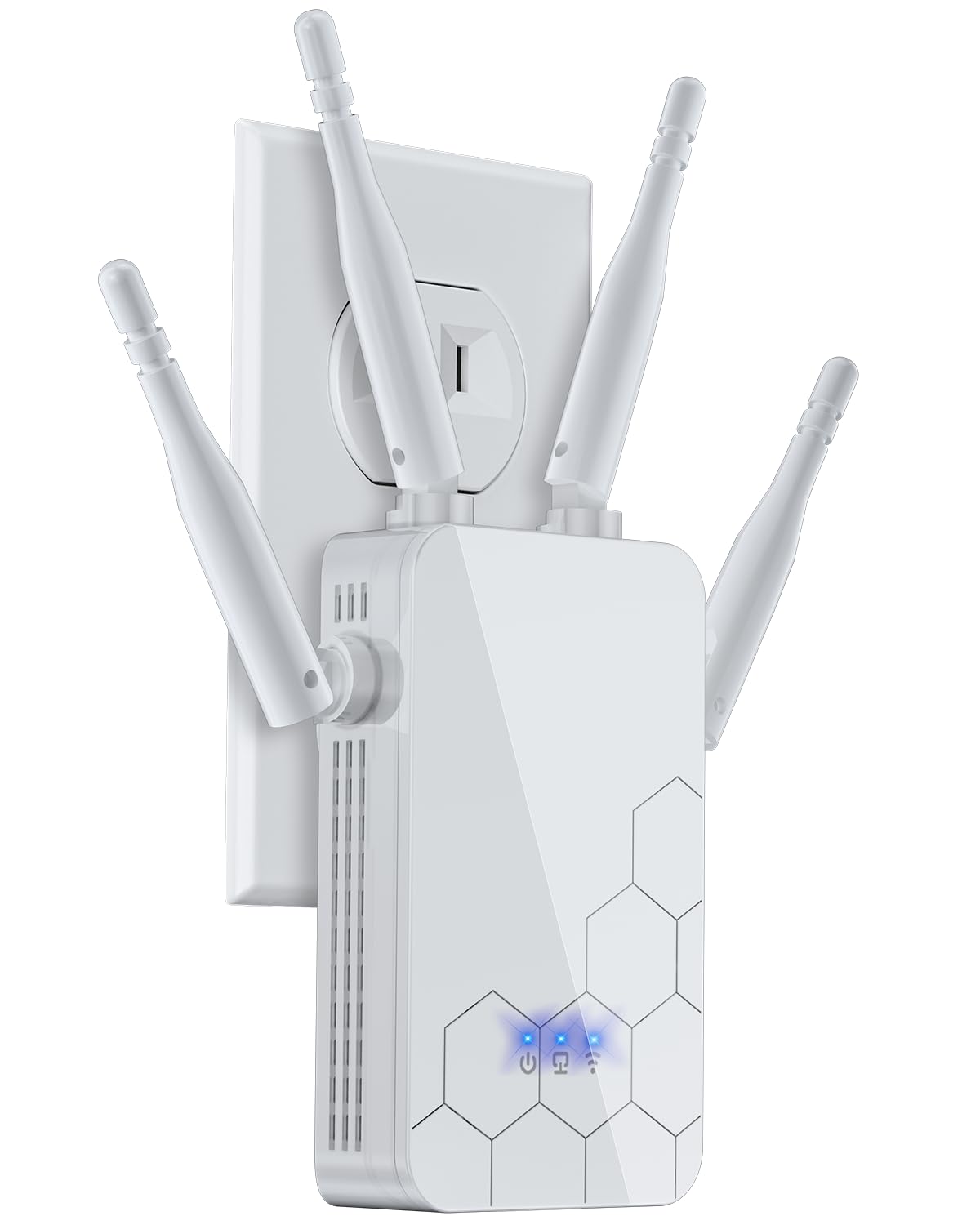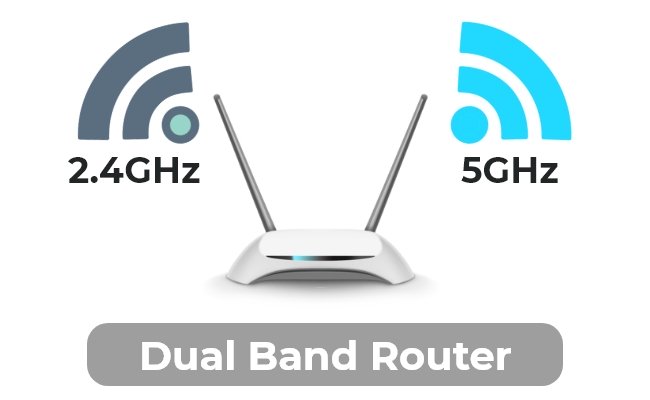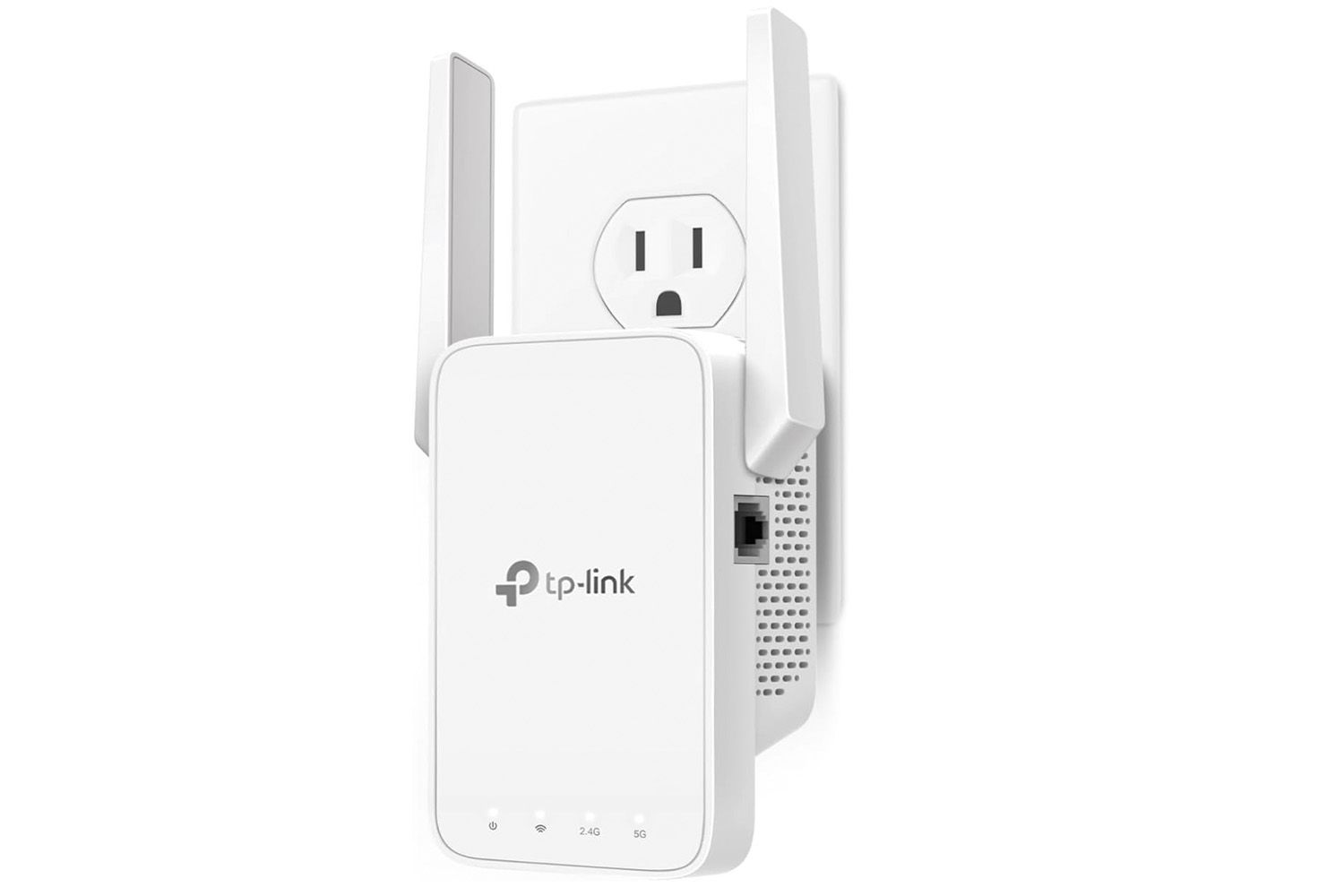Build a Connected House in 2025
Building your DIY Smart Home has never been easier or more affordable than in 2025. With smart technology becoming increasingly accessible, homeowners can now automate lighting, enhance security, control appliances, and monitor energy usage—all without hiring a professional. This guide walks you through everything you need to know to design and build your connected smart home with confidence.
Why Choose a DIY Smart Home in 2025?
A DIY Smart Home empowers you to take full control of your living space. From improving safety through smart surveillance to reducing electricity bills with automated lighting, the benefits are endless. Plus, doing it yourself saves money and gives you flexibility to customize.
Key Benefits:
-
Enhanced Home Security
-
Improved energy efficiency
-
Full control through your phone or voice
-
Lower installation costs
-
Scalable—start small and grow as needed
Step 1: Start with Networking & Connectivity
Before you add devices, you need a strong foundation—your network. A robust, high-speed Wi-Fi system ensures your devices stay connected reliably.
🛠 Recommended Setup:
-
Wi-Fi 6 or Wi-Fi 6E router: Offers fast speeds and low latency
-
Mesh networking: Covers every room without dead zones
-
Ethernet backhaul: For key hubs like your smart TV or security system
-
Matter or Thread compatibility: Ensures future-proof device support
✅ Pro Tip: Set up a separate guest or IoT network to isolate smart devices from your personal data.
Step 2: Secure Your Home the Smart Way
Home Security is one of the top reasons people invest in smart tech. Thankfully, DIY-friendly tools make it easy to install your own security system.
Must-Have Smart Security Devices:
-
Smart doorbell (e.g. Ring, Nest): See who’s at the door, speak remotely
-
Indoor/outdoor cameras: Motion detection, night vision, cloud or local storage
-
Smart locks: Keyless entry, guest access, real-time lock status
-
Sensors: Detect open doors/windows or unexpected movement
🎯 Bonus: Link your security system with lighting—motion detection can trigger outdoor lights for added deterrence.
Step 3: Automate Your Lighting & Save Energy
Smart Lighting & Energy control isn’t just cool—it helps save money and the planet.
Easy Energy-Saving Upgrades:
-
Smart bulbs (Philips Hue, Wyze, LIFX): Change brightness and color by app or voice
-
Smart light switches: Great for controlling multiple fixtures or non-smart bulbs
-
Smart plugs: Turn regular appliances into smart ones and monitor their energy use
-
Thermostats (Nest, Ecobee): Learn your patterns and optimize temperature
💡 Automation Ideas:
-
Wake-up lights that brighten gradually in the morning
-
Lights turn off automatically when no one’s home
-
Thermostat adjusts based on weather or schedule
Step 4: Home Automation That Works for You
This is where everything comes together. With Home Automation, your devices don’t just function—they think.
Smart Automation Tools:
-
Voice assistants: Alexa, Google Assistant, or Siri control lights, locks, music, and more
-
Scenes & routines:
-
“Good night” turns off lights, locks doors, lowers thermostat
-
“Away mode” activates cameras and reduces energy use
-
-
Home hubs (SmartThings, Hubitat, Home Assistant): Centralize device control and build complex automations
🔗 Integrate everything using Matter, a universal smart home standard supported by Apple, Google, Amazon, and others.
Step 5: Safety & Privacy in Your DIY Setup
While smart tech offers convenience, it also opens doors to potential risks. Make cybersecurity part of your setup.
Smart Home Security Tips:
-
Use strong, unique passwords for each device and app
-
Enable two-factor authentication
-
Update firmware regularly to patch vulnerabilities
-
Use a dedicated IoT network on your router
-
Monitor traffic using firewall tools or routers with security features
🛡️ Security isn’t optional—it’s essential for every DIY smart home builder.
Step 6: Expand & Customize Your Smart Home Over Time
Don’t feel pressure to install everything at once. The beauty of a DIY Smart Home is its modularity.
Ideas to Add Later:
-
Smart garage door openers
-
Automated blinds and shades
-
Leak detectors and water shutoff valves
-
Garden irrigation systems
-
Pet feeders or motion-activated cameras
Each addition builds a smarter, more responsive environment.
Final Thoughts: Your DIY Smart Home Journey Starts Now
Building a DIY Smart Home in 2025 is about more than gadgets—it’s about improving your quality of life. Whether you’re enhancing Home Security, saving money with Smart Lighting & Energy, or enjoying the simplicity of Home Automation, the power is in your hands.
🎯 Call to Action:
Ready to take the first step? Explore beginner-friendly guides and handpicked product reviews at SmartAndSecureHome.com to start building your dream connected home today.
8 min read

